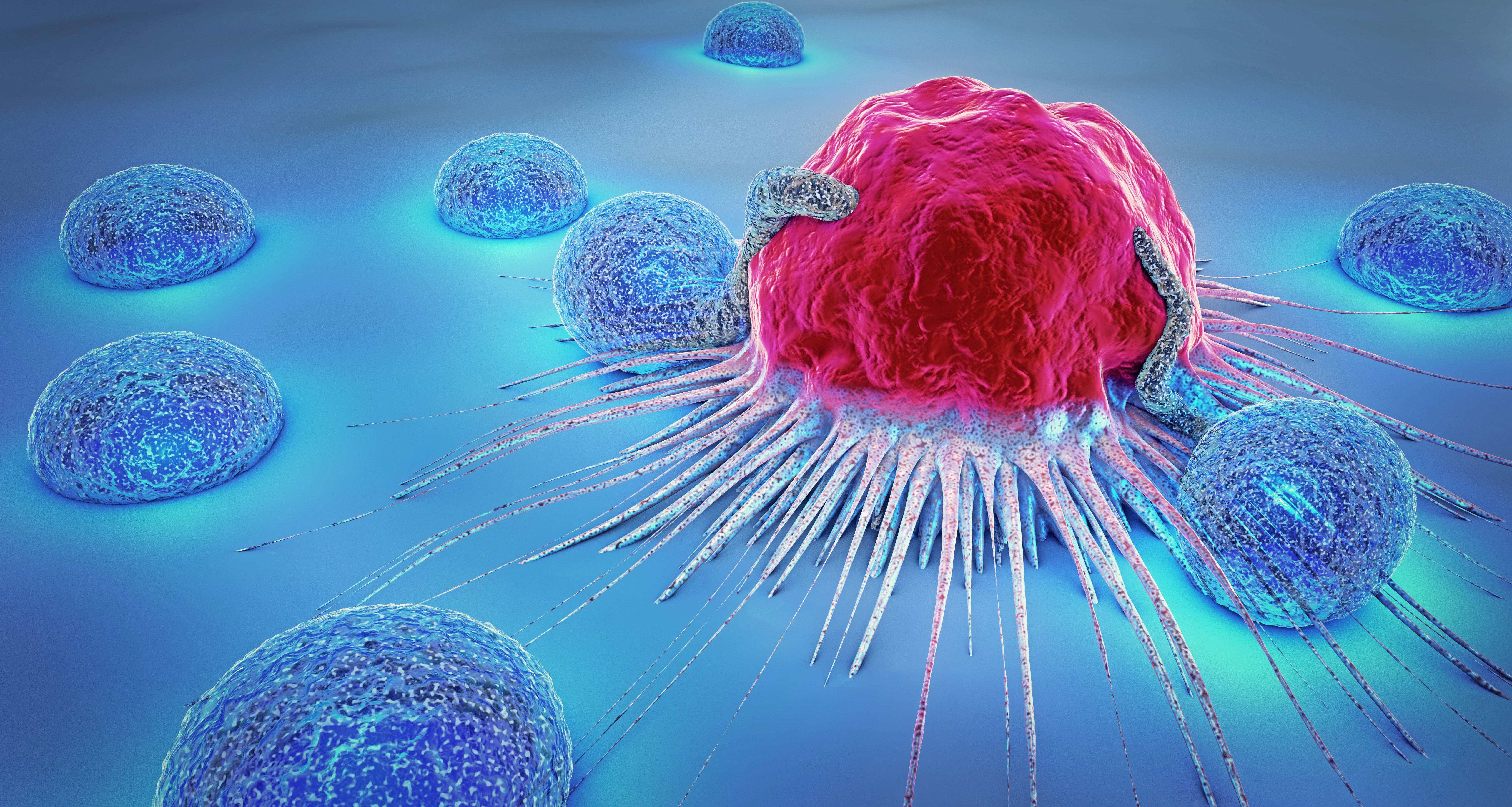Mirdametinib Earns Conditional European Approval in Adult/Pediatric NF1-PN
EU approval of the agent is based on results from the phase 2b ReNeu trial, which met its primary end point of confirmed objective response rate in NF1-PN.
In February 2025, the FDA approved mirdametinib as a treatment for patients 2 years or older with NF1-PN not amenable to complete resection.

The European Commission (EC) has granted conditional marketing approval to mirdametinib (Ezmekly, Gomekli) as a treatment for patients 2 years or older with neurofibromatosis type 1–associated plexiform neurofibromas (NF1-PN), according to a news release from the drug’s developer, SpringWorks Therapeutics.1
The EU approval of the agent is based on results from the ongoing, single-arm phase 2b ReNeu trial (NCT03962543), which is evaluating the efficacy, safety, and tolerability of mirdametinib in patients at least 2 years old with inoperable NF1-PN. The study met its primary end point of confirmed objective response rate (ORR) per blinded independent central review in this patient population.
Results previously reported in the Journal of Clinical Oncology revealed that the confirmed ORR among 58 adults treated with mirdametinib was 41% (95% CI, 29%-55%), significantly higher than the predefined minimum clinically relevant response rate of 23% (P < .001).2 In this group, the median time to onset of confirmed response was 7.8 months (range, 4.0-19.0) and the median duration of response (DOR) was not reached as of the data cutoff date of September 20, 2023. The ORR in children (n = 56) was 52% (95% CI, 38%-65%), with a median time to onset of 7.9 months (range, 4.1-18.8) and a median DOR that was not reached.
“This [EC] approval is an important milestone for [patients with neurofibromatosis] and caregivers, as it means more treatment options for patients with plexiform neurofibromas, including adults,” Annette Bakker, PhD, CEO of the Children’s Tumor Foundation (CTF), and Dariusz Adamczewski, MD, director of CTF Europe, said in the news release on the EU approval.1 “This is the kind of progress that happens when researchers, industry, and organizations like ours work together with a shared focus on delivering new treatments for patients.”
Additionally, efficacy data revealed that the median best percentage change in target plexiform neurofibromas was –41% (range, –90% to 13%) in adult patients and –42% (range, –91% to 48%) among children. Furthermore, among adults and children experiencing a response, 88% vs 90%, respectively, had a response lasting at least 12 months and 50% vs 48% experienced a response lasting for a minimum of 24 months.
Adult patients and pediatric patients aged 2 to 17 years with NF1-PN were enrolled in separate cohorts. Patients in either cohort received 2 mg/m2 of oral mirdametinib as capsules or tablets twice daily for a maximum dose of 4 mg in 28-day cycles on a schedule of 3 weeks on, 1 week off. Patients underwent a 24-cycle treatment phase with an optional long-term follow-up treatment phase as well as a 30-day safety follow-up following end of treatment. Treatment was sustained until centrally confirmed radiographic disease progression, unacceptable adverse effects (AEs), or other treatment discontinuation criteria were met.
The secondary end points of the trial included DOR and change from baseline to prespecified cycle 13 for patient-reported outcome or parent proxy–reported outcome measures. These measures included worst tumor pain severity on the Numeric Rating Scale-11, pain interference via the Pain Interference Index, and health-related quality of life on the Pediatric Quality of Life Inventory v4.0. Key exploratory end points included progression-free survival, change from baseline in target plexiform neurofibromas, patient-reported change in overall status, and acceptability of tablet for oral suspension.
The most common AEs occurring in adults treated with the agent included dermatitis acneiform (83%), diarrhea (55%), nausea (55%), blood creatine phosphokinase increases (47%), and musculoskeletal pain (41%). In children, the most common AEs included blood creatine phosphokinase increases (59%), diarrhea (53%), dermatitis acneiform (43%), musculoskeletal pain (41%), abdominal pain (40%), and vomiting (40%). The therapy exhibited manageable safety and was considered well tolerated in both patient cohorts.
In February 2025, the FDA approved mirdametinib as a treatment for patients 2 years or older with NF1-PN not amenable to complete resection.3 Furthermore, the European Medicine Agency’s Committee for Medicinal Products for Human Use recommended the agent for approval as a treatment for the same patient population in May 2025.4
References
- European Commission grants conditional approval of EZMEKLY (mirdametinib) for the treatment of adult and pediatric patients with NF1-PN. News release. SpringWorks Therapeutics. July 18, 2025. Accessed July 21, 2025. https://tinyurl.com/7c5hbw8h
- Moertel CL, Hirbe AC, Shuhaiber HH, et al. ReNeu: a pivotal, phase IIb trial of mirdametinib in adults and children with symptomatic neurofibromatosis type 1-associated plexiform neurofibroma. J Clin Oncol. 2024;43(6):716-729. doi:10.1200/JCO.24.01034
- FDA approves mirdametinib for adult and pediatric patients with neurofibromatosis type 1 who have symptomatic plexiform neurofibromas not amenable to complete resection. FDA. February 11, 2025. Accessed July 21, 2025. https://tinyurl.com/ymr3ft29
- SpringWorks Therapeutics receives positive CHMP opinion for mirdametinib for the treatment of adult and pediatric patients with NF1-PN. News release. SpringWorks Therapeutics. May 23, 2025. Accessed July 21, 2025. https://tinyurl.com/2zdexb8s
Newsletter
Stay up to date on recent advances in the multidisciplinary approach to cancer.